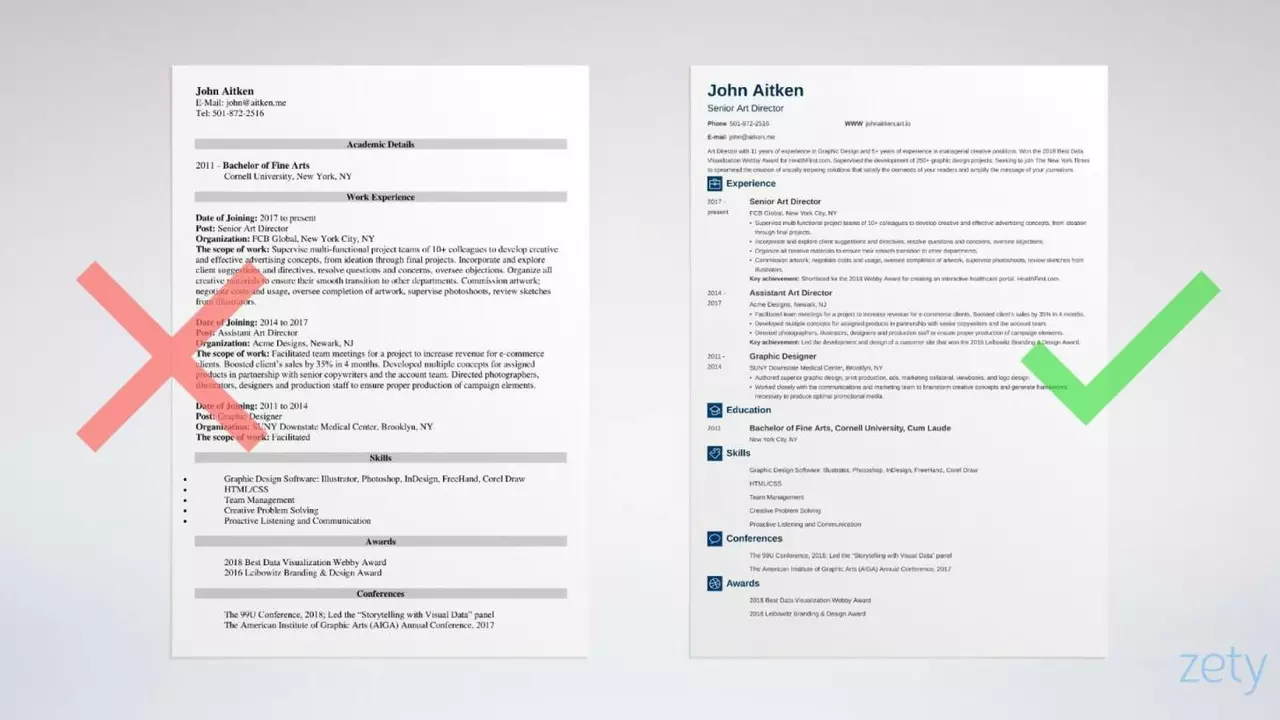Resume Tips – Quick Steps to a Strong CV
Looking for a job? Your resume is the first thing hiring managers see, so it needs to make a good impression fast. Below are practical tips you can apply today to turn a plain document into a hiring‑magnet.
Format and Layout
Keep the design clean. Use a standard font like Arial or Calibri, 10‑12 pt size, and set 1‑inch margins. A simple one‑page layout works for most early‑career applicants; seasoned professionals can stretch to two pages if the content is truly valuable.
Headings matter. Bold your section titles (Summary, Experience, Education, Skills) so the recruiter can scan quickly. Use bullet points for responsibilities and achievements – they’re easier to read than long paragraphs.
Make sure your contact info is at the top and up‑to‑date. Include a professional email address, phone number, and a LinkedIn URL if you keep your profile polished. No social media that isn’t work‑related.
Content That Pops
Start with a short summary. In two or three sentences, state your role, years of experience, and what you bring to the table. For example: “Marketing specialist with 4 years of digital campaign experience, skilled at boosting ROI through data‑driven strategies.”
When listing jobs, focus on results, not duties. Replace “Managed social media accounts” with “Grew Instagram followers by 35 % in six months, increasing website traffic by 22 %.” Use numbers whenever you can – they give concrete proof of your impact.
Tailor each resume to the job posting. Scan the ad for keywords and sprinkle them naturally throughout your document. If the role emphasizes “project management,” make sure that phrase appears in your experience or skills section.
Don’t forget soft skills, but back them up. Instead of just writing “team player,” describe a situation where you collaborated across departments to meet a deadline.
Proofread obsessively. Typos scream lack of attention to detail. Read your resume aloud, use a spell‑check tool, and ask a friend to review it.
Finally, save the file as a PDF named with your name and the word “resume” (e.g., "JohnDoe_Resume.pdf"). PDFs preserve formatting and look professional.
By following these straightforward resume tips, you’ll create a document that quickly shows why you’re the right fit for the job. Keep it clear, keep it focused, and keep it error‑free – that’s the recipe for catching a hiring manager’s eye.

What is a good resume for a content writer?
by Davion Strider / 12 Jul 2023A good resume for a content writer should highlight their knack for creating engaging and SEO-friendly content. It's crucial to showcase their experience across various platforms and genres, demonstrating versatility. Their resume should also emphasize any relevant degrees or certifications, such as in journalism or creative writing. The inclusion of links to published work will give potential employers a direct taste of their writing style and proficiency. Lastly, any experience with content management systems or digital marketing tools can further strengthen their application.


